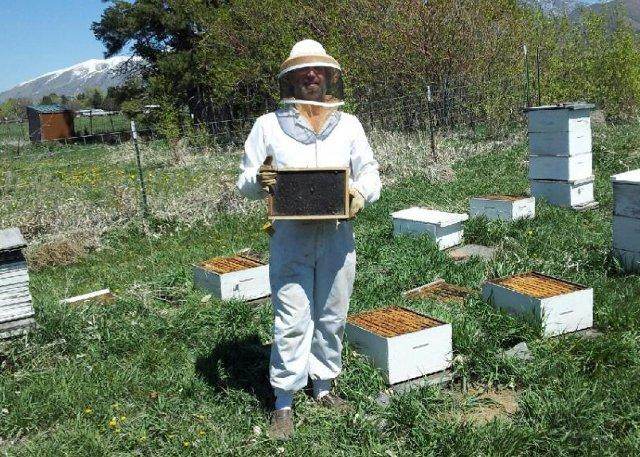
 1
1




Living in Anjou , France,
For the many not for the few
http://www.permies.com/t/80/31583/projects/Permie-Pennies-France#330873








 1
1




 1
1




My project thread
Agriculture collects solar energy two-dimensionally; but silviculture collects it three dimensionally.





-- Wisdsom pursues me but I run faster.









Living in Anjou , France,
For the many not for the few
http://www.permies.com/t/80/31583/projects/Permie-Pennies-France#330873










"People may doubt what you say, but they will believe what you do."







Living in Anjou , France,
For the many not for the few
http://www.permies.com/t/80/31583/projects/Permie-Pennies-France#330873




Joseph Lofthouse wrote:31 dead colonies for us this year: Zero survivors. 40 plus years keeping bees. Some years are like that.
We're repopulating the hives this weekend with nukes from a warmer climate.
Moderator, Treatment Free Beekeepers group on Facebook.
https://www.facebook.com/groups/treatmentfreebeekeepers/









Moderator, Treatment Free Beekeepers group on Facebook.
https://www.facebook.com/groups/treatmentfreebeekeepers/














 I would say it was about 95% my fault. We had a couple very strong hives for a couple years and a bear took one out and severely damaged the other. I put up an electric fence and went about looking for a replacement.
I would say it was about 95% my fault. We had a couple very strong hives for a couple years and a bear took one out and severely damaged the other. I put up an electric fence and went about looking for a replacement.




Joseph Lofthouse wrote:I think that to do local landraces right, that I'd have to get the bees out of town, and miles away from any other apiaries... The mal-adapted drone population is huge... And I expect so are the diseases brought in from the almond orchards.
Moderator, Treatment Free Beekeepers group on Facebook.
https://www.facebook.com/groups/treatmentfreebeekeepers/









-- Wisdsom pursues me but I run faster.









|
Would you turn that thing down? I'm controlling a mind here! Look ... look at the tiny ad ...
Freaky Cheap Heat - 2 hour movie - HD streaming
https://permies.com/wiki/238453/Freaky-Cheap-Heat-hour-movie
|




